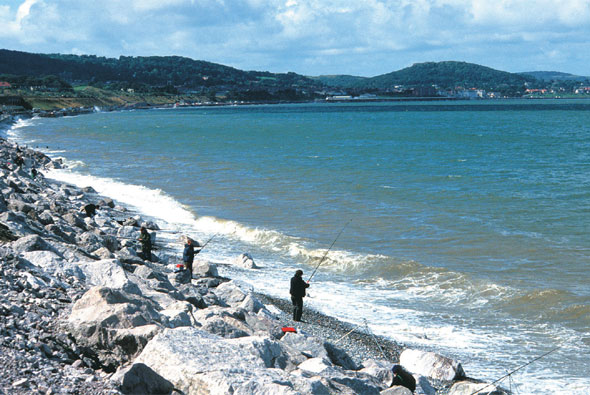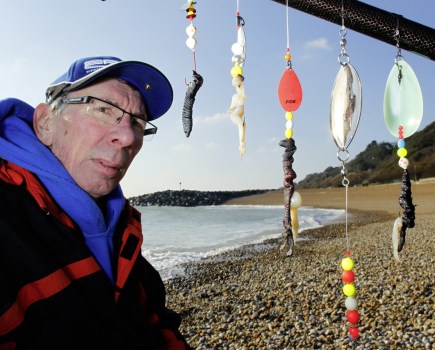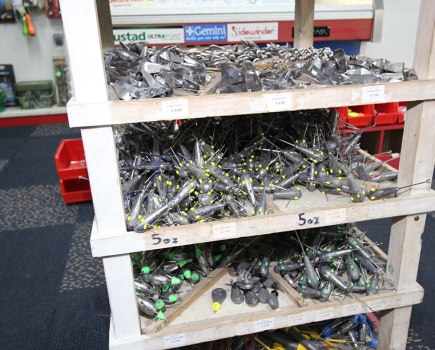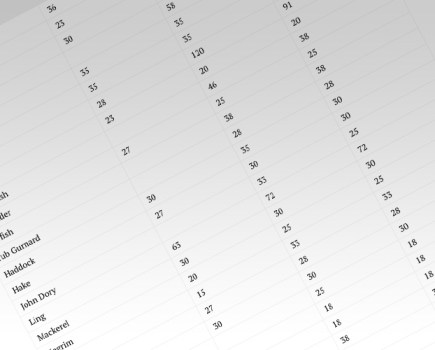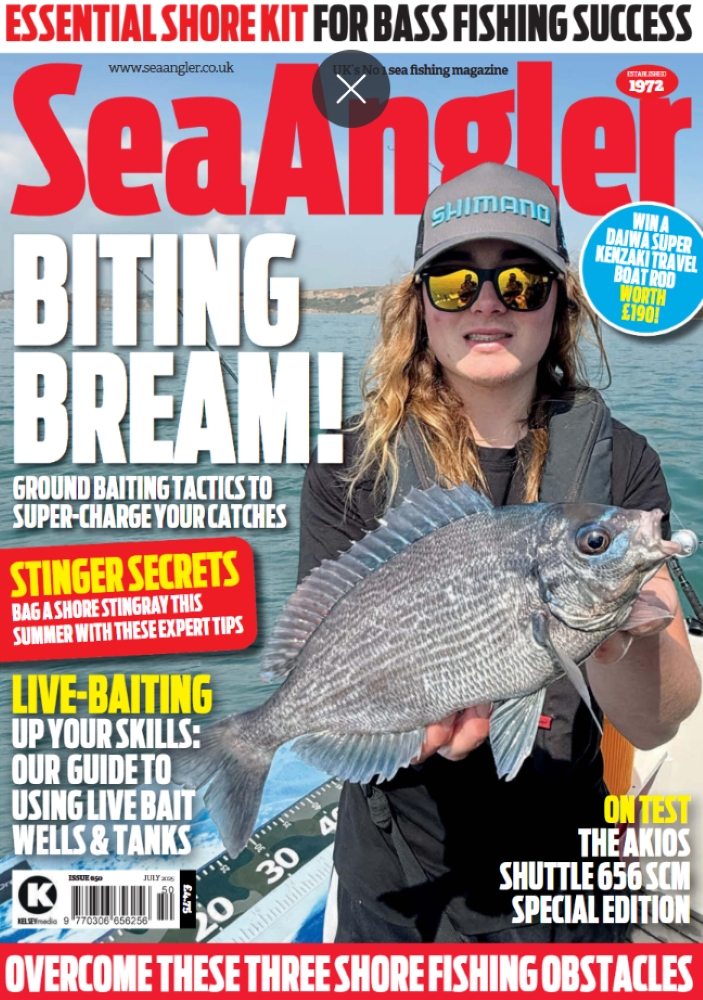The ebb and flow of the tide has a profound influence on how fish feed and move, whether from the shore, inshore or in deeper waters offshore. An angler who makes the effort to understand this cycle will consistently catch more than the one who trusts to pot luck, says Russ Symons
The everlasting puzzle presented by the ebb and flow of the tide is one that anglers can spend a lifetime trying to unravel. We all understand that fish are here today and gone tomorrow, so very often that philosophical shrug of the shoulders is as far as it goes.
But when you become an old fart like me and can look back over a few decades, the realisation that there are areas that only fish on the first few hours of the flood tide, or an hour or two after the top of the tide, becomes very evident.
It is one of those things that long-term record-keeping would have made much clearer. In this day and age of computers, spreadsheets and databases, analysis of those records could prove quite revealing if spread over a decade or two.
UNDERSTANDING THOSE SPRINGS AND NEAPS
SPRING tides are not a reference to the season, but are the largest tides. Neap tides are the smaller ones, taken over the two-week cycle.
It is safe to say that if you fished the top of a spring tide one weekend at midday, then it would be roughly the same two weeks later, plus 40-50 minutes or so.
The Moon has the effect of causing the spring and neap tides. When the gravitational pull of the Moon is added to that of the Sun we get the bigger tides, the spring tides. When the Moon and the Sun are at right angles to one another, their gravitational pulls roughly balance each
other out and we get smaller neap tides. Between these two extremes, if you look in a tide book, you can see the tides growing toward the peak of the spring tides and then declining the other side of the spring back down to those smaller neap tides.
About halfway to the top of springs you will see that there is a small jump in the amount by which the tide increases or decreases. These tides are known as ‘jump’ tides and are nearly always the first ones to be booked in many charter skippers’ diaries, because this jump seems to be a trigger moment that causes an increase in fish activity. Many years of observing these jump tides suggest to me that they apply equally well to shore fishing…they
certainly do for bass fishing.
TIDAL PREDICTIONS
TIMES of high water and low water can be found in many places these days, such as the Internet, local papers, libraries and – not least – in the little booklets published in most coastal areas. In my view, these are the most useful of all. Costing a pound or so, these tide books are usually water stained and dog-eared by the end of the season, but they will have earned their keep.
If you have made a good catch, mark its location, and the state of the tide, in the margins of the tide book. Try the same place again when the conditions repeat themselves in a couple of weeks’ time. Fish are often creatures of habit, so you could well find them again in a fortnight’s time, or even on the same tide next year or the year after.
Surprisingly, this is often so over deepwater wrecks as well. In this case it is important to time your arrival at a particular wreck or bit of reef so that the fish are perhaps downtide of the wreck, away from the tackle-grabbing remnants of rigging and masts. Such pre-planning can mean the difference between a frustrating day of losing tackle every drift, or a bumper day with lots of fish.
If you are on a charter boat, watch which way the skipper usually drifts his boat. I always like to start a drift with the bow pointing north on the flood and south on the ebb. That way the drift stays consistent and the track on the plotter repeats within a few yards. If your skipper does something similar, look at your tide table and work out which side of the boat is the better for you, so that you are not fishing under the boat for the best part of the day.
Slack water is that time between when the incoming tide, the flood, stops flooding and the outgoing tide, the ebb, starts making its way back to low water. There is another slack water at low water before the tide starts flooding again.
On spring tides, slack water might last for 10 minutes, but on a small neap tide it might go on for a couple of hours, depending where you are. These periods of slack water are when boats often go to anchor to try for a conger, or a shore angler puts on a spinner as the shoals of mackerel become evident, driving the britt or sandeels to the surface. Often, the fishing goes a little quiet and it is the time to drink that can of cold Guinness and put on the nosebag.
It is said that time and tide wait for no man, so use your time wisely, study your tide table, mark it up when you are catching and don’t throw it away at the end of the season.

